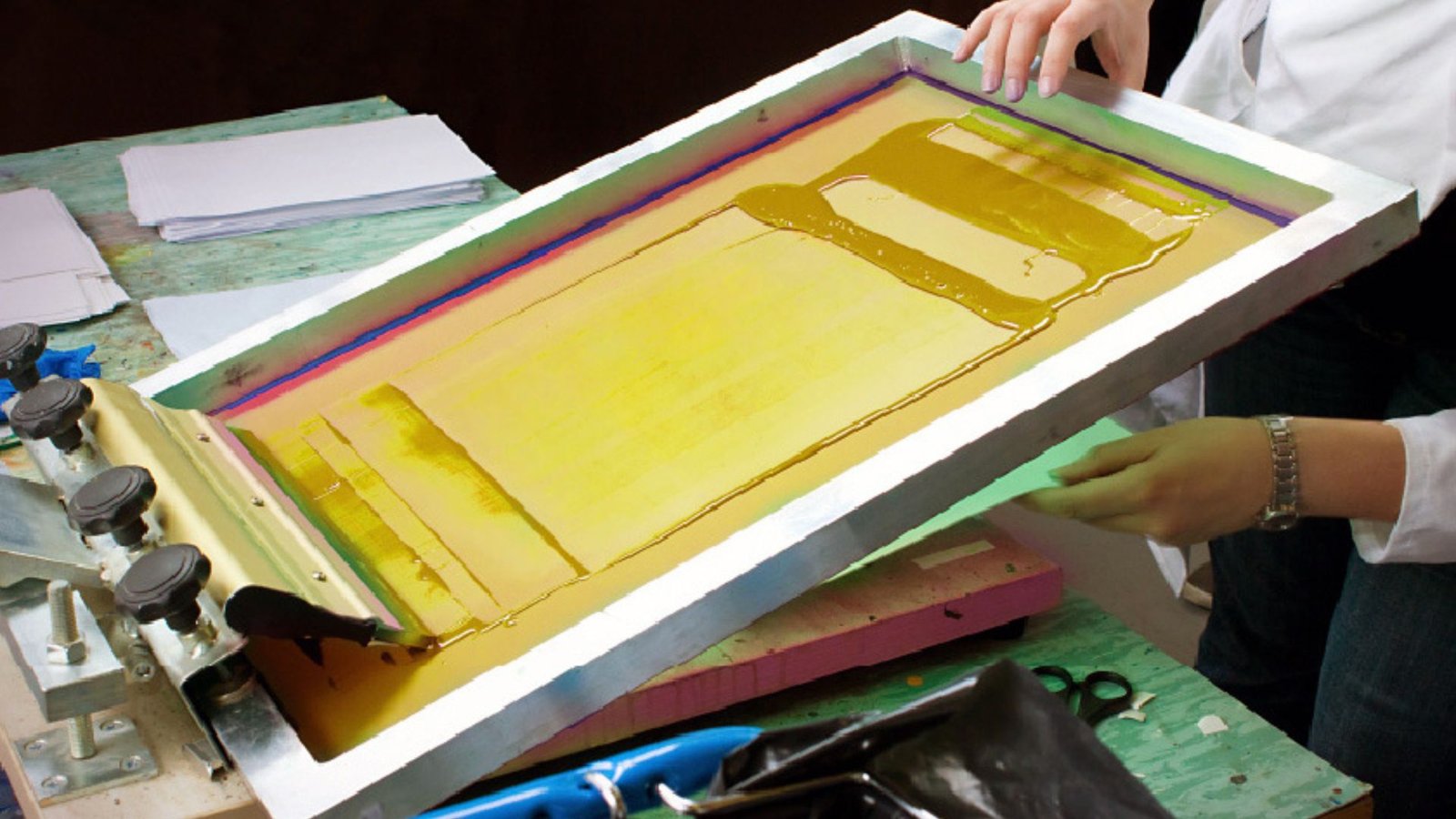Layering colors in screen printing is a powerful technique that can bring depth and vibrancy to your designs. If you’re looking to create multi-colored prints with precision and clarity, learning the best techniques for layering colors in screen printing is key. This technique allows you to combine different shades and hues, creating rich, complex designs on t-shirts, posters, or other fabric materials. In this article, we’ll walk you through some of the most effective techniques for layering colors in screen printing to ensure your prints look sharp and vibrant.
1. Use a Registration System
One of the first steps in mastering techniques for layering colors in screen printing is ensuring proper alignment. This is done through a registration system. A registration system helps keep your screens in place during each layer of printing, ensuring that each color lines up perfectly. Whether you’re printing by hand or using a press, having a registration system is essential for precise layering. Without it, your colors may overlap incorrectly or shift during printing, resulting in blurred or misaligned designs.

2. Start with Lighter Colors First
When layering colors in screen printing, always start with the lighter colors. The reason for this is simple: light colors are easier to layer over dark ones without losing their vibrancy. For example, if you’re printing a design with both yellow and black, print the yellow first. This way, the darker black ink won’t interfere with the lighter color. Starting with light colors helps you build the design step-by-step and ensures that each layer stays sharp and clear.
3. Use Transparent Inks for Better Effects
Transparent inks are an excellent choice when layering colors in screen printing. These inks allow the layers to blend together smoothly, creating gradient effects or soft color transitions. When using transparent inks, you can layer multiple colors without completely masking the ones underneath. This is especially useful for designs that require subtle shading or highlights. It also allows for more complex color mixes while maintaining clarity and depth in the design.
4. Allow Each Layer to Dry
One crucial part of layering colors in screen printing is letting each layer dry completely before printing the next one. If you try to layer wet ink on top of another layer, you risk smudging or bleeding, which can ruin the design. To avoid this, ensure each color layer is dry before applying the next. If you’re in a hurry, you can use a heat source to speed up the drying process, but make sure not to overheat the fabric.
5. Use a Flash Dryer for Quick Layering
A flash dryer can be a game-changer when working with multiple color layers. It allows you to quickly dry each layer before applying the next, preventing any ink from smudging or mixing incorrectly. Flash dryers work by applying heat to the printed design for a short time, ensuring the ink is dried enough to apply another layer. This is especially helpful when you’re printing designs with multiple colors and need to move quickly.
6. Consider Using Halftones for Smooth Transitions
If you’re working with gradients or need smooth transitions between colors, halftones are a great technique to use. Halftones allow you to create soft blends between two or more colors by using tiny dots of varying sizes and densities. When layered, these dots create the illusion of smooth color transitions. This is a particularly useful technique for creating realistic shading or gradient effects in your prints.
7. Use Thick or Thin Inks for Different Effects
The thickness of your inks can dramatically impact the appearance of your layered colors. Thicker inks tend to sit on top of the fabric, giving a bold, opaque finish, while thinner inks are more transparent and allow the fabric to show through. Depending on the effect you’re trying to achieve, you can experiment with different ink consistencies. Thicker inks are perfect for solid colors, while thinner inks work best for detailed designs or layering multiple shades.
8. Plan Your Design Carefully
Effective planning is one of the most important techniques for layering colors in screen printing. Before you start, take time to carefully design and separate your colors. Each layer of your design should be organized in such a way that you can easily identify which colors go where. This helps to avoid confusion during the printing process and ensures that the layers are applied in the correct order. Make sure you know exactly how many screens you’ll need and what each screen will be used for.
Conclusion
Mastering techniques for layering colors in screen printing can take your designs to the next level. By using the right tools, planning your design carefully, and taking your time, you can achieve vibrant and detailed multi-colored prints. Start with light colors, use transparent inks, and always make sure each layer dries completely before adding the next. With these techniques, you’ll be able to create beautiful, professional-quality prints that stand out.











